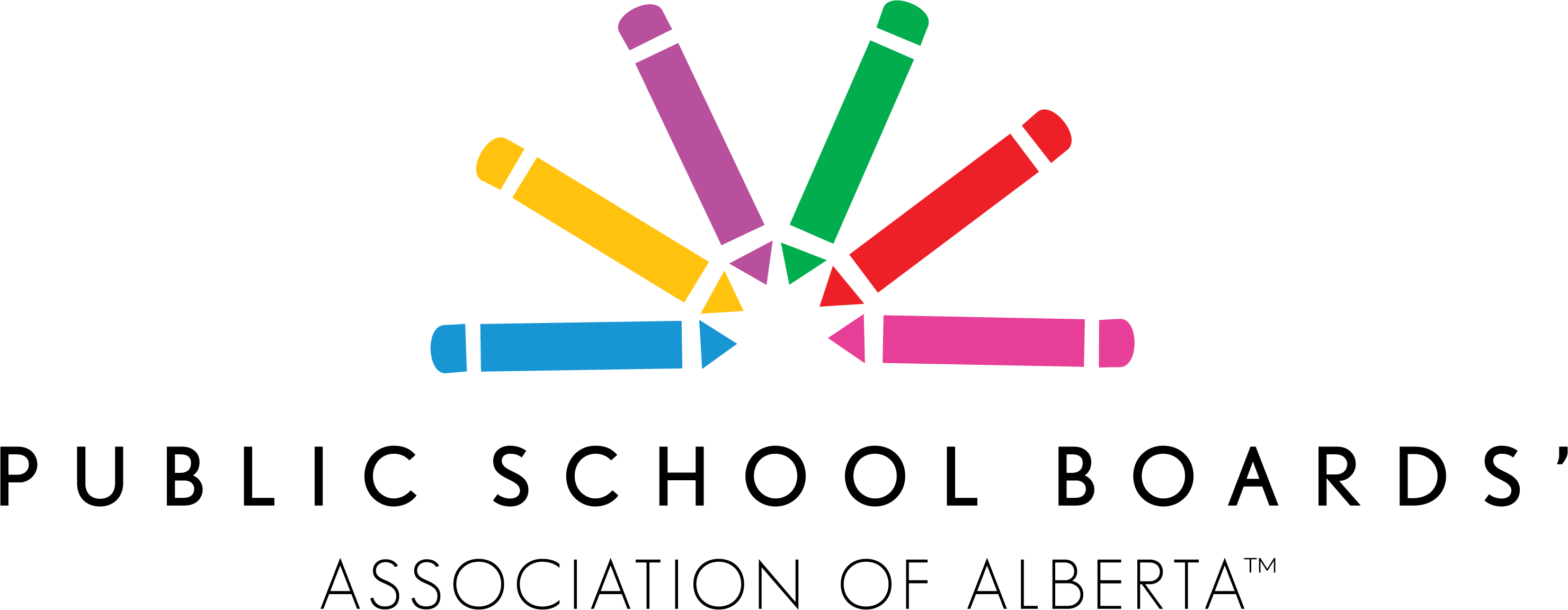March 31, 2021
Cooperation and collaboration benefit all students
This is an election year for locally-elected school board trustees in Alberta.
It’s important to know the issues before you vote, and to choose the trustee – or trustees – who best represent you, your values and your concerns. Before you can make your choice, you need to know what your school board trustee candidates believe.
That’s why I’ve been writing a series of blog posts on the Public School Boards’ Association of Alberta’s belief statements. Knowing what we believe and why it’s important is only part of the answer that helps you make an informed decision as a voter. Next, you need to ask your candidates about what they believe, and how they think they can make the public school system in Alberta stronger by being a part of it.
In this blog post, I’d like to talk about our 6th belief statement, and what it means:
Public schools support cooperation and collaboration among all provincially-funded school systems, to best serve all students.
Cooperation and collaboration to best serve all students sounds like a good thing. It is, and we support looking for more ways to cooperate and collaborate in the future. Let me say loud and clear right at the outset: we support the constitutionally-protected rights of the separate and francophone school systems to teach their students. But there may be some opportunities to collaborate and pool resources – especially in areas outside the classroom – to further stretch limited dollars, while still protecting those rights.
It’s at least worth considering, given we all know that provincial funding dollars for K-12 education were limited before the pandemic, mainly due to lower provincial royalties on oil and gas production and lower income tax revenues. The pandemic has made the budget situation even more challenging.
Meanwhile, funding pressures have continued to increase as more students enter the public school system every year, while the government only funds a handful of new school builds and redevelopments across the province. Many schools have long since reached the end of their useful building life with no replacement school in sight – despite having their most pressing funding issue at the top of their capital budget list for years. Declining enrolment in rural schools means longer student bus rides, as students are designated to schools that are farther away from home, to consolidate more students. There is pressure to address this issue, but only so many dollars to go around. Every locally-elected school board trustee understands this dilemma.
Many parts of the province have a public, separate and francophone school jurisdiction all serving the same area. Especially in rural areas, we see examples of “cooperative busing” where students from different school jurisdictions share the same buses to save money, rather than each running half-full buses. This type of cooperation frees up funding dollars to spend in other areas of the jurisdiction’s student transportation budget, which is almost always over-subscribed to begin with.
We also have great examples of public and separate school divisions sharing a school building, perhaps with a recreation centre or day care in between the two. Each jurisdiction has the building space dedicated to their particular needs, and the constitutionally-protected education still takes place, but the same provincial funding dollars go much further, and the community also benefits when other public amenities are added.
Another word for cooperation and collaboration is “partnership.” All provincially-funded school jurisdictions are dedicated to educating their students to the best of their ability. We all receive our share of funding dollars from the same ultimate source: the Alberta taxpayer. When we all partner together to stretch those limited dollars as far as they can go, Alberta taxpayers, K-12 students, families, teachers and support staff and communities all benefit.
Cathy Hogg,
President
